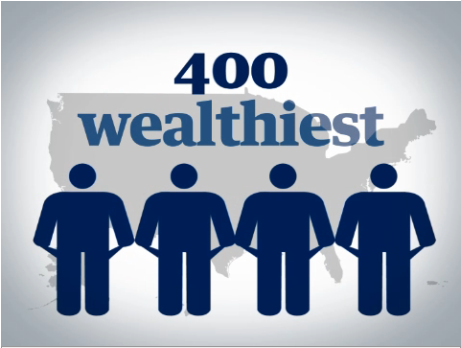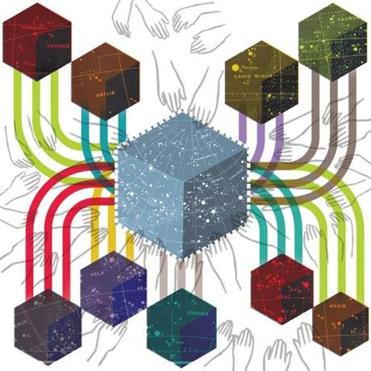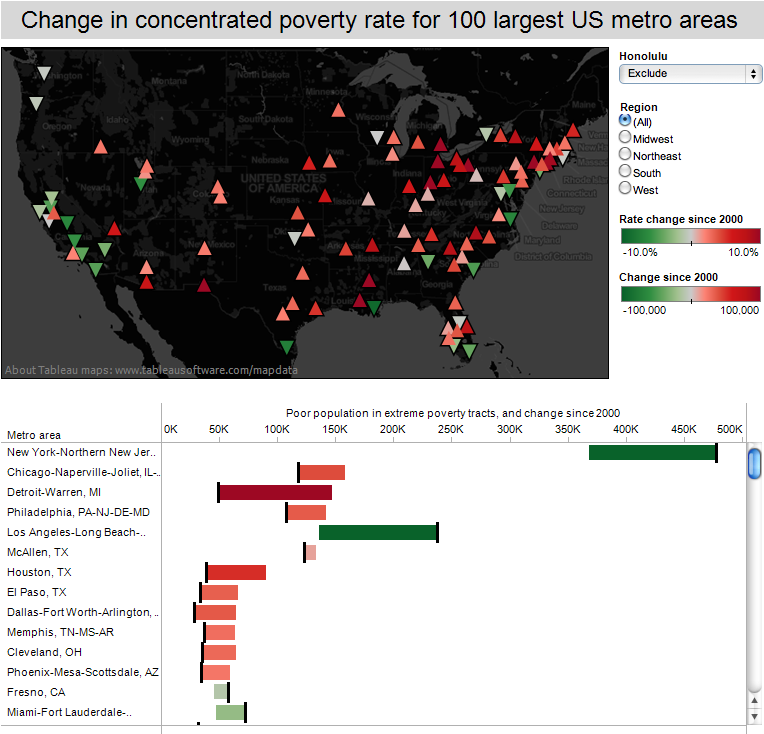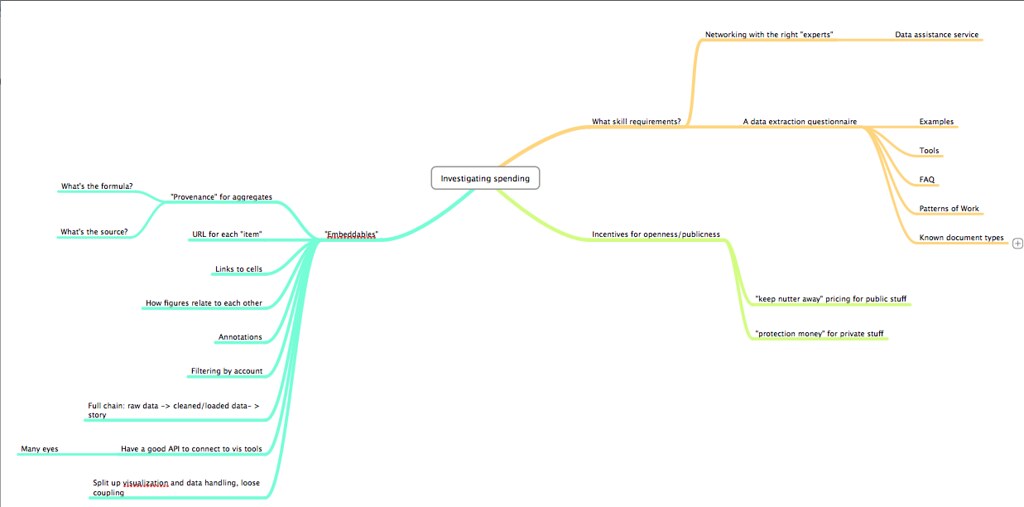JOURNOMEL.COM: By Mel C
Editor’s note: I thought this blog post made a really good point: journalists and hackers should hang out together more. So I decided to share it with you. You can read the full article on Journomel.com.
First confesstion: I’m not very good with numbers and I don’t know how to program in Linux, so I’m naturally fearful of the super computer-savvy.
Second confession: my impression of a hacker had largely been shaped by a really mediocre 1990′s movie. Great soundtrack, but no way could I do what these folks were doing.
Fast forward 16 years and I’m a convert. Partnering with hackers is a natural fit: as more and more data is available to the public, there are stories to be told.
And despite the way they are portrayed by the media – yes, us – hackers are not in their basements dreaming up viruses to take over the world.
I’m part of a group that brought a Hacks/Hackers chapter to Ottawa, and I’m learning that when journalists and technology collide, amazing things happen.
At our first meetup in May I was surprised to hear from a hacker that he was just as thrilled to meet up with a group of hacks (not quite used to that title) as I was meeting him and hacker friends.
“What do you have to gain here?” I asked, “You can build apps, fusion tables, what do you get out of this?”
“Sure, I can build anything – but you know what stories people need to hear, and what they want to hear. You know the audience.”
Third confession: I was more than a little intimidated when I bumped into Kate Myers and Andy Carvin from NPR at a hackathon held at the Online News Association conference this September.
Kate is the Product Manager for Social Media Tools, and Andy is the Senior Strategist for NPR’s Social media desk. [Read more…]











